History
1960: birth of IRBI
The current Institute of Research on Insect Biology was born in Tours in 1960 from the will of Prof. Vincent Labeyrie who was appointed in 1960 as a lecturer at the University of Poitiers.
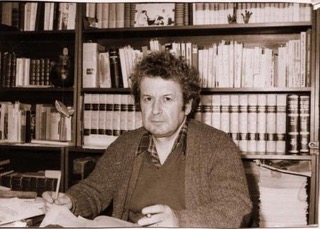 The Laboratory of Animal Biology at the time occupied a classroom in a school close to the Faculty of Medicine of Tours. In this room equipped by the CNRS, 2 teacher-researchers and a technician worked there. In 1965, the small research team, which at that time housed 6 teacher-researchers and 3 technicians, moved to new university premises in the Parc Grandmont to the south of Tours. From 1968, with the arrival of Jacques Huignard and the first CNRS researcher at the University of Tours (Dr. Eric Thibout), the laboratory turned its attention to the study of the relationships between plants and the insects they are infested with.
The Laboratory of Animal Biology at the time occupied a classroom in a school close to the Faculty of Medicine of Tours. In this room equipped by the CNRS, 2 teacher-researchers and a technician worked there. In 1965, the small research team, which at that time housed 6 teacher-researchers and 3 technicians, moved to new university premises in the Parc Grandmont to the south of Tours. From 1968, with the arrival of Jacques Huignard and the first CNRS researcher at the University of Tours (Dr. Eric Thibout), the laboratory turned its attention to the study of the relationships between plants and the insects they are infested with.This research theme was little developed in the 1960s in France, while many studies were beginning to be carried out in other European countries and in the USA.
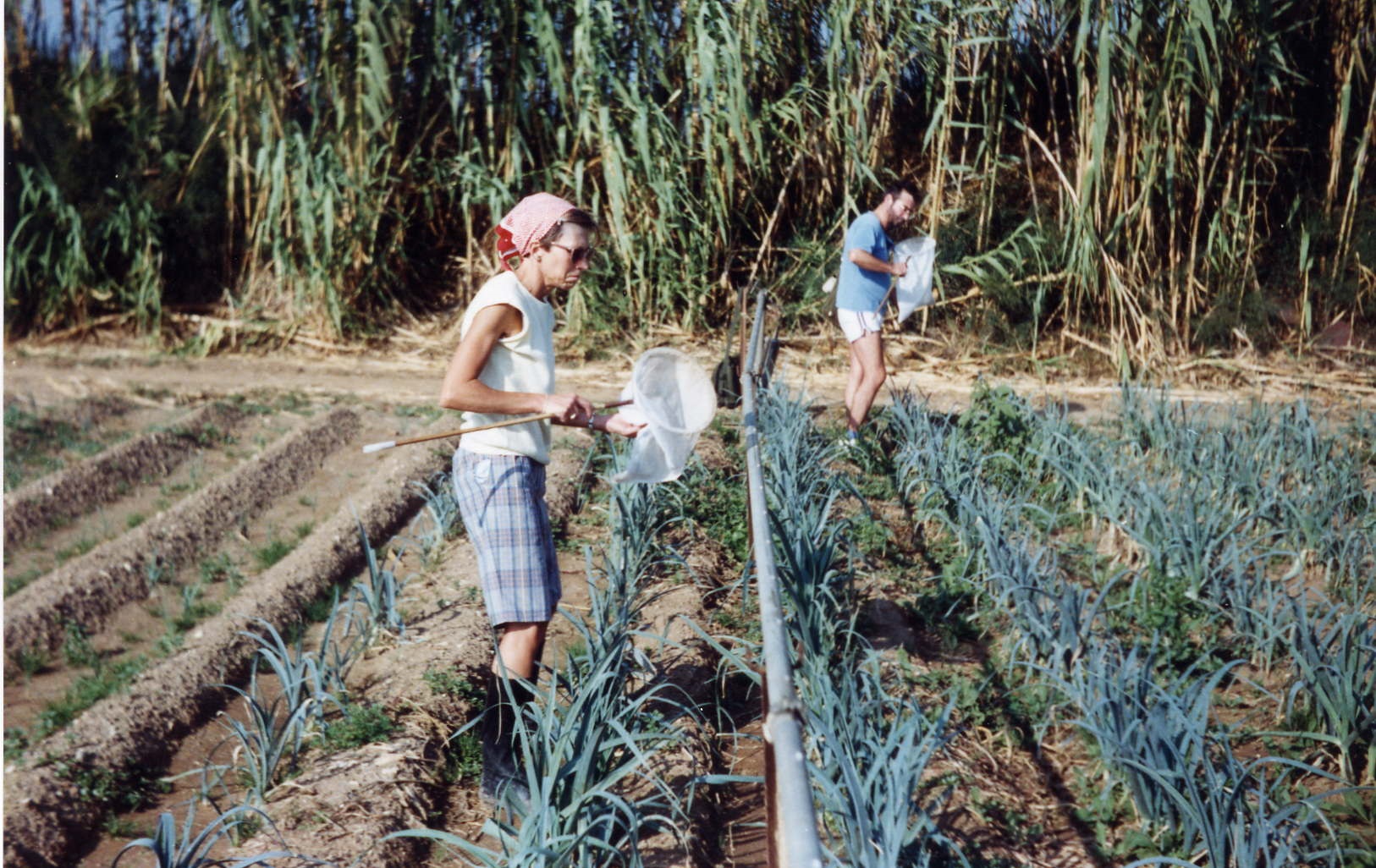 It was at this time that Touraine researchers demonstrated that plants not only served as a trophic support for insects, but also provided a whole range of physical and especially chemical information that influences the behaviour and reproduction of these phytophagous insects. It is also during this same period that the evolutionary aspects of plant-insect interactions emerged around the phenomena of co-evolution between plants and phytophagous insects that develop at their expense. It was within this conceptual framework that Vincent Labeyrie developed the research of the laboratory that was named in 1969 after the somewhat enigmatic Institut de recherches en biocénotique expérimentale des agrosystèmes (IBEAS), which was attached to the CNRS in 1971 (ERA CNRS 328) and where 11 researchers and 7 technicians work. Vincent Labeyrie never ceased to bring together researchers from various backgrounds, including entomologists, botanists, microbiologists, chemists and physicists, around this innovative approach, which would become the study of community biology. This diversity continues to this day by bringing together under one roof ecologists, physiologists, (bio)chemists, physicists, bioinformaticians and mathematicians. Experimental studies at the time provided a better understanding of how phytophagous insects could discover their host plant in an ecosystem, then colonize it and adapt to the spatiotemporal variations of their environment.
It was at this time that Touraine researchers demonstrated that plants not only served as a trophic support for insects, but also provided a whole range of physical and especially chemical information that influences the behaviour and reproduction of these phytophagous insects. It is also during this same period that the evolutionary aspects of plant-insect interactions emerged around the phenomena of co-evolution between plants and phytophagous insects that develop at their expense. It was within this conceptual framework that Vincent Labeyrie developed the research of the laboratory that was named in 1969 after the somewhat enigmatic Institut de recherches en biocénotique expérimentale des agrosystèmes (IBEAS), which was attached to the CNRS in 1971 (ERA CNRS 328) and where 11 researchers and 7 technicians work. Vincent Labeyrie never ceased to bring together researchers from various backgrounds, including entomologists, botanists, microbiologists, chemists and physicists, around this innovative approach, which would become the study of community biology. This diversity continues to this day by bringing together under one roof ecologists, physiologists, (bio)chemists, physicists, bioinformaticians and mathematicians. Experimental studies at the time provided a better understanding of how phytophagous insects could discover their host plant in an ecosystem, then colonize it and adapt to the spatiotemporal variations of their environment.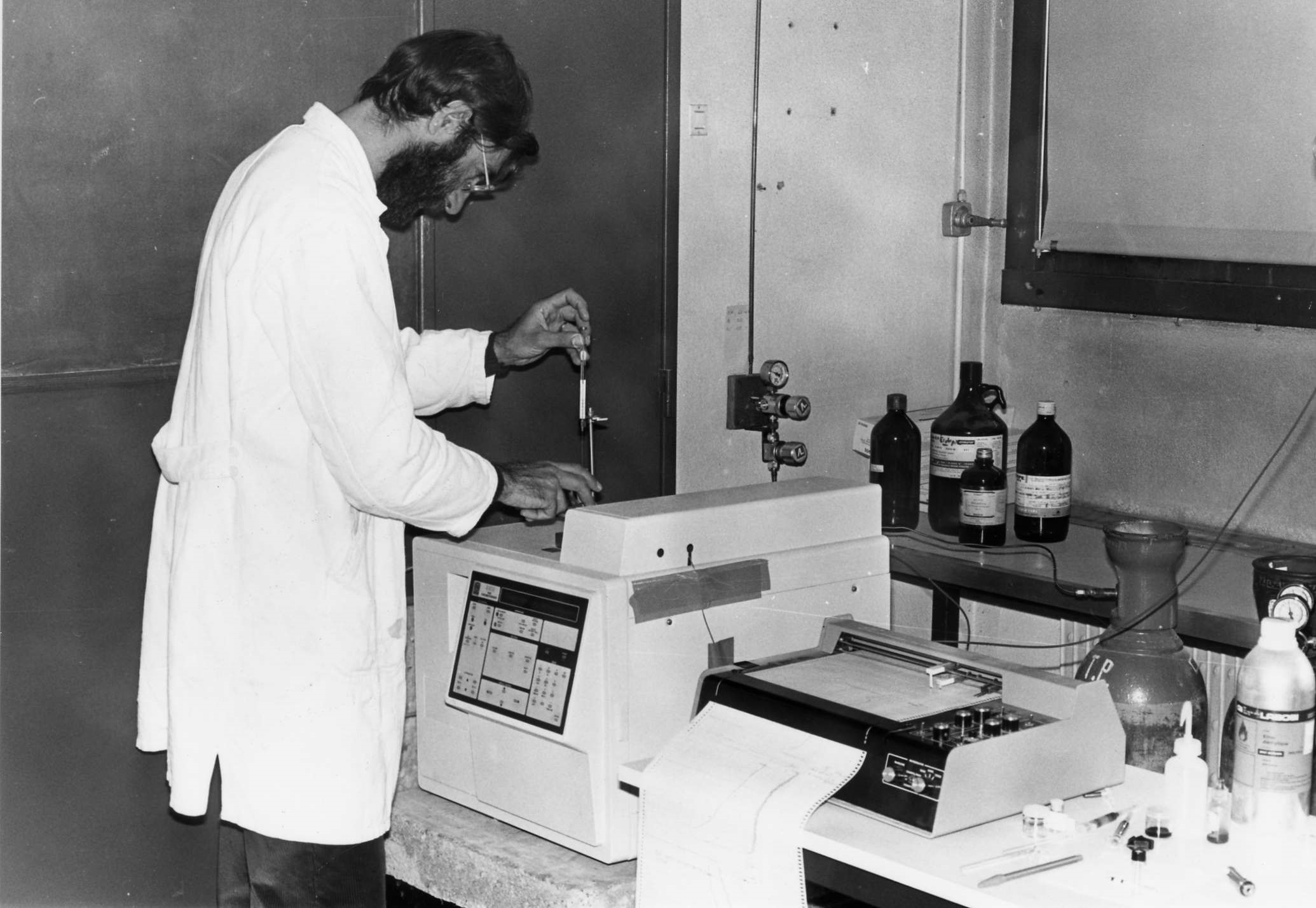 The incorporation of a third trophic level with the study of parasitoid wasps - which develop at the expense of phytophagous insects - opens the way to important conceptual advances. Indeed, it was during the 1970s that researchers in the laboratory demonstrated the ability of attacked plants to emit volatile chemical compounds that would attract the natural enemies of phytophagous insects. The experimental equipment of the time was then a reference in ecology, in particular a set of air-conditioned rooms for the production of plants and the breeding of insects under controlled conditions and state-of-the-art equipment for the behavioural and physiological studies of insects. Their work, published in French in leading entomology journals, is read in all the world's research institutes.
The incorporation of a third trophic level with the study of parasitoid wasps - which develop at the expense of phytophagous insects - opens the way to important conceptual advances. Indeed, it was during the 1970s that researchers in the laboratory demonstrated the ability of attacked plants to emit volatile chemical compounds that would attract the natural enemies of phytophagous insects. The experimental equipment of the time was then a reference in ecology, in particular a set of air-conditioned rooms for the production of plants and the breeding of insects under controlled conditions and state-of-the-art equipment for the behavioural and physiological studies of insects. Their work, published in French in leading entomology journals, is read in all the world's research institutes.
1981: IRBI expands
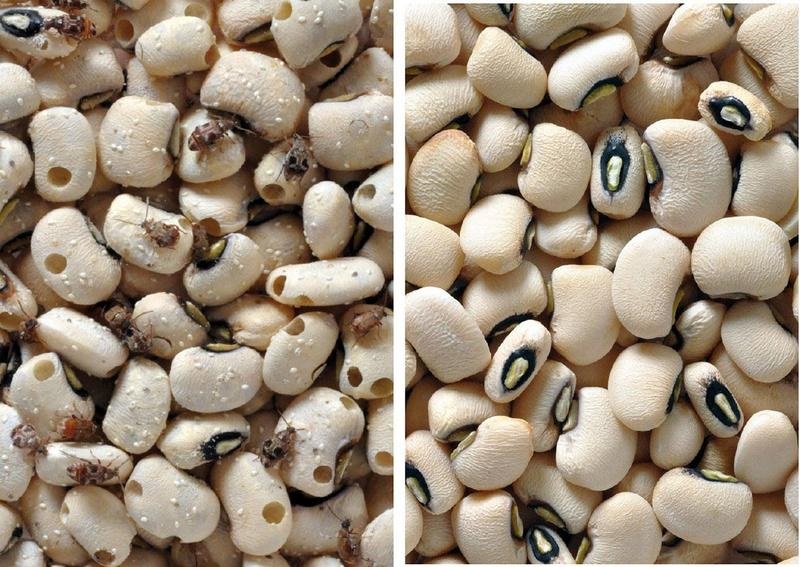
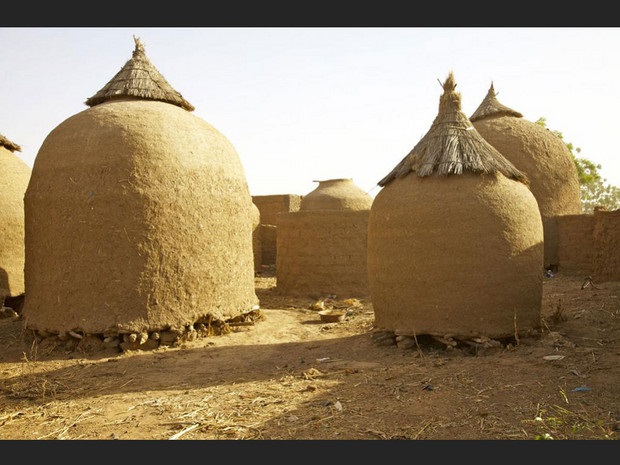
During this period, the laboratory opens up internationally. Since then, it has continued to expand its connections to the four corners of the globe. Cooperation programmes with the Universities of Niamey (Niger), Ougadougou (Burkina Faso) and Lomé (Togo) symbolise the strong implantation of Touraine research into the problems of the African continent. Numerous research programmes are therefore focusing on one of the laboratory's historical models: the bruchidae beetles. These insects destroy all stored crops in a few months and deprive African populations of a protein-rich food resource.
This fundamental and applied research will be carried out under contracts financed by the European Economic Community from 1990 onwards.
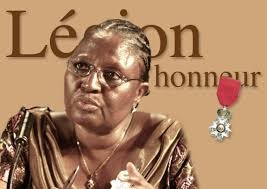 They led to spectacular advances in proposing methods for controlling Bruchinae populations that are now being used in Africa.
They led to spectacular advances in proposing methods for controlling Bruchinae populations that are now being used in Africa. This African adventure led by J. Huignard will also have provided training for African academics and engineers who today occupy important positions in their respective countries. As a result of this collaboration, Professor Isabelle Glitho will be awarded the insignia of Chevalier of the Legion of Honour in 2011. Doctor of Science in Entomology from the François Rabelais University of Tours - specializing in bioecology and population management - she has been Dean of the Faculty of Sciences of the University of Lomé and Director of the Applied Entomology Laboratory since 2009. She is thus the first woman, and so far the only Togolese, to have reached this high academic responsibility. In 2000, Georges Periquet became Director of the IRBI, which then had 22 university staff and 9 CNRS staff. Under his impetus, research in population genetics and molecular biology was developed.
1994: IRBI goes international
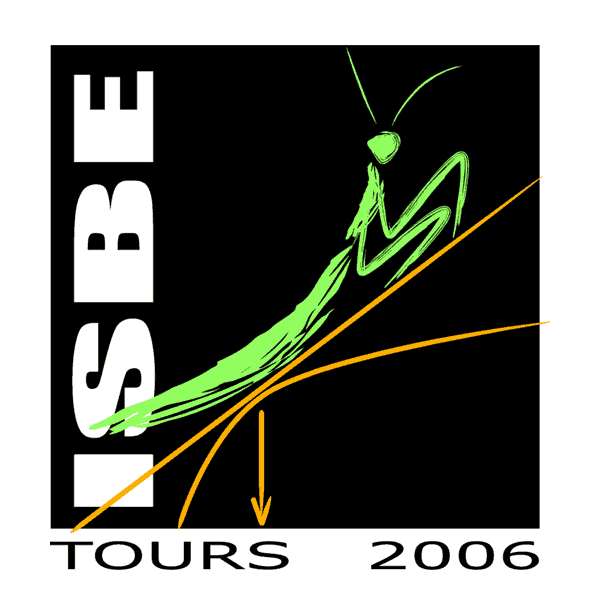
In 1994, Jerome Casas, a Swiss scientist working in California, was recruited. In 2002, he took over as head of the IRBI, which then diversified and began active international expansion. In 2003, the laboratory moved to new premises built on the site of the UFR Sciences et Techniques in the heart of Grandmont Park with the help of the State and the Centre Region. The IRBI then had 30 researchers, 8 ITA CNRS and 6 IATOS University.The research deals with plant-insect and insect interactions -
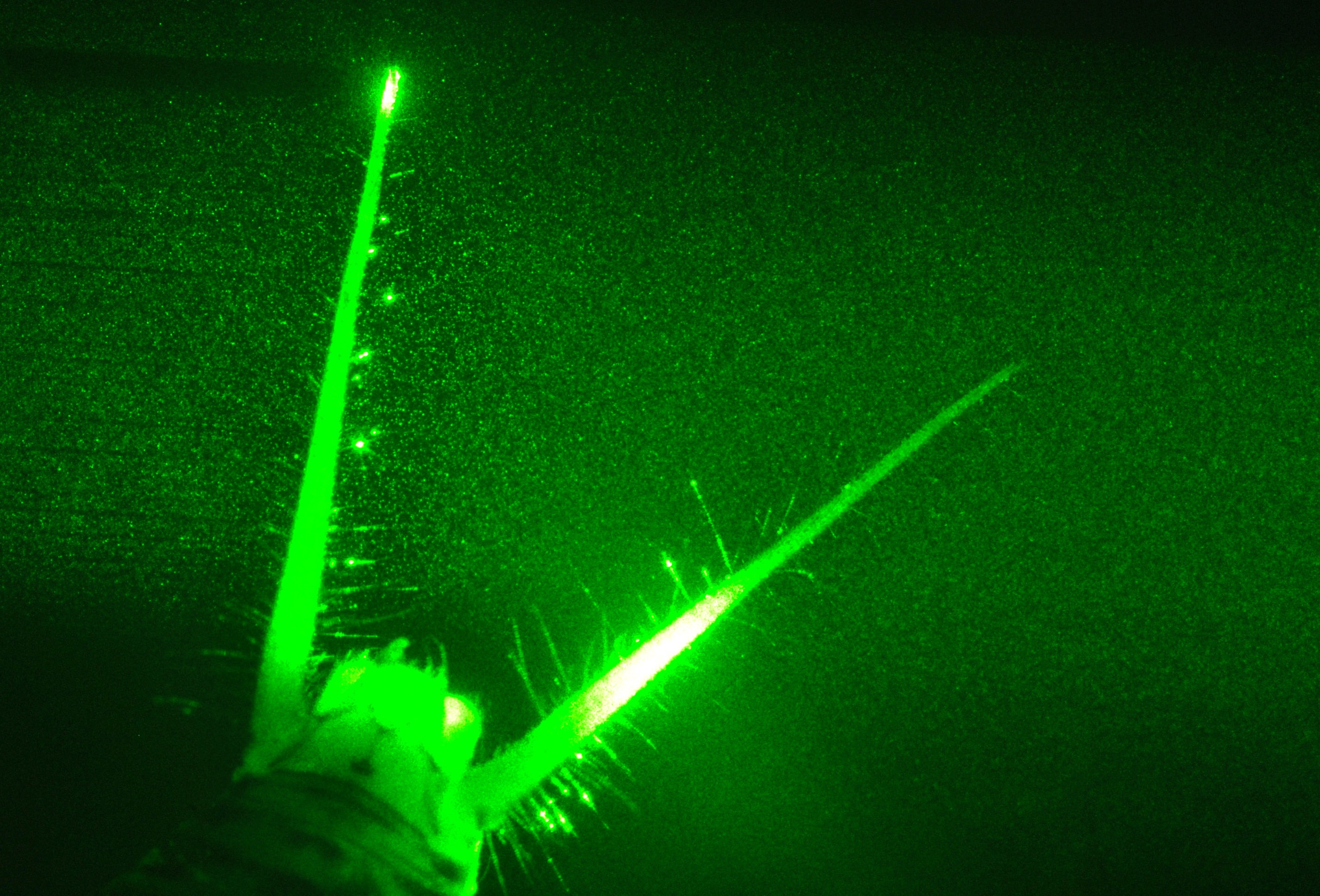 parasitoids from physiological and behavioural mechanisms to ecological and evolutionary consequences. The Institute becomes visible in the most prestigious scientific journals and is anchored in integrative and evolutionary biology. The IRBI integrates a team from Marseille specialized in the chemical ecology of social insects and successively recruits international specialists in ecology and behavioural physiology. The laboratory's international adventure is accompanied by partnerships with the Center for Insect Sciences (Univ. Arizona), the piloting of large-scale European research programs and participation in the establishment of a European doctoral program in Insect Sciences. The IRBI also continues to be involved in the organization of international conferences and to equip itself with platforms on physical and chemical ecology, evolutionary genomics, and insect physiology and behavior.
parasitoids from physiological and behavioural mechanisms to ecological and evolutionary consequences. The Institute becomes visible in the most prestigious scientific journals and is anchored in integrative and evolutionary biology. The IRBI integrates a team from Marseille specialized in the chemical ecology of social insects and successively recruits international specialists in ecology and behavioural physiology. The laboratory's international adventure is accompanied by partnerships with the Center for Insect Sciences (Univ. Arizona), the piloting of large-scale European research programs and participation in the establishment of a European doctoral program in Insect Sciences. The IRBI also continues to be involved in the organization of international conferences and to equip itself with platforms on physical and chemical ecology, evolutionary genomics, and insect physiology and behavior.
2011: IRBI gets involved and diversifies
Under the impetus of Jean-Paul Monge, who takes over the direction of the IRBI in 2011, the institute is intensifying its partnership with the Centre d'Expertise et de Transfert Universitaire (CETU) "Innophyt". The IRBI is then also developing a series of research programs with industrialists, local authorities and foundations while forging stronger links with local scientific partners and the Centre-Val de Loire region. The IRBI is also part of the national dynamic by conducting numerous research programs funded by the French National Research Agency (ANR), as well as other national and international organizations such as the European Research Council (ERC). Biological invasions, climate change, vector biology, agroecology or biomimicry have now been cited in what was once a fortress of "pure" science.
Rootedness in societal problems is intensifying with the arrival of David GIRON as Director of IRBI in 2016. The institute then develops a series of national and international research programs with industrialists, local authorities and associations around the objectives of sustainable development. Understanding how insects react to environmental changes in particular is a major challenge in order to preserve the sustainable functioning of ecosystems and halt the loss of biodiversity, ensure sustainable food production strategies and minimise the health risks associated with disease-carrying and invasive insects. The Institute therefore focuses part of its activities on insects as a solution, for example through the production of insects for food purposes, as an innovative source of bioconversion of organic matter, as a means of relaunching heritage sectors or developing new tourism offers. With a strong international focus, the Institute is also forging links with local players to preserve the exceptional natural and cultural heritage of the Centre-Val de Loire region.
The recent federation of regional research forces and non-academic structures within the EntomoCentre network is an illustration of this.
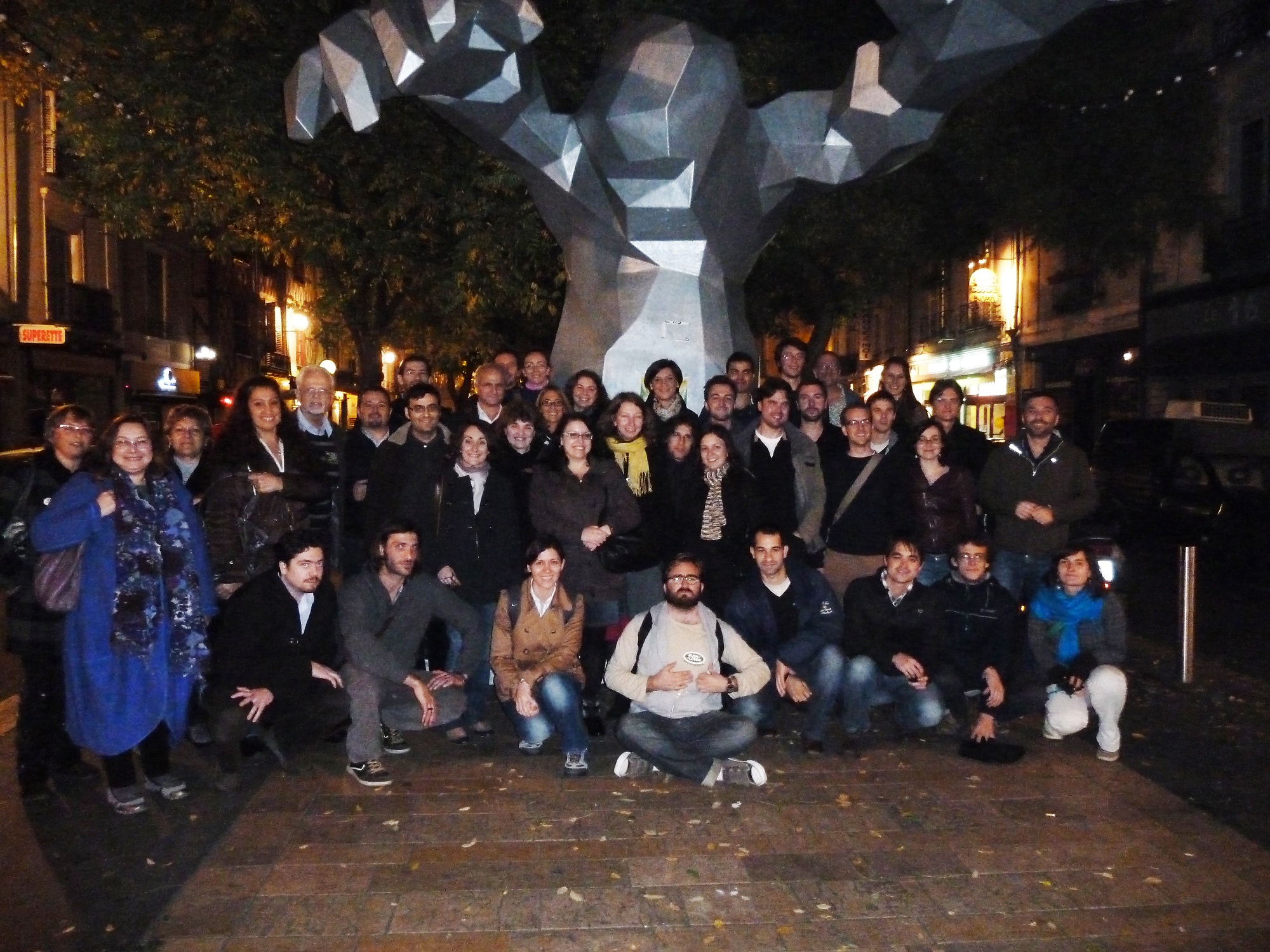
In order to carry out its missions, the IRBI still relies on technological developments and acquires innovative, cutting-edge equipment through major structural programmes. Thus equipped, the IRBI now plans to devote more time to field analyses, with new devices in temperate environments: onboard labs, on a mobile platform above or in the middle of trees, with drones equipped with recorders, systems that allow insects to be sampled from the treetops, to observe their behaviour in nature and to record everything that happens around them.
Directors
- Vincent Labeyrie (1960-1981)
- Jacques Huignard (1981-2000)
- Georges Periquet (2000-2003)
- Jérôme Casas (2002-2011)
- Jean-Paul Monge (2011-2016)
- David Giron (2016 -)
